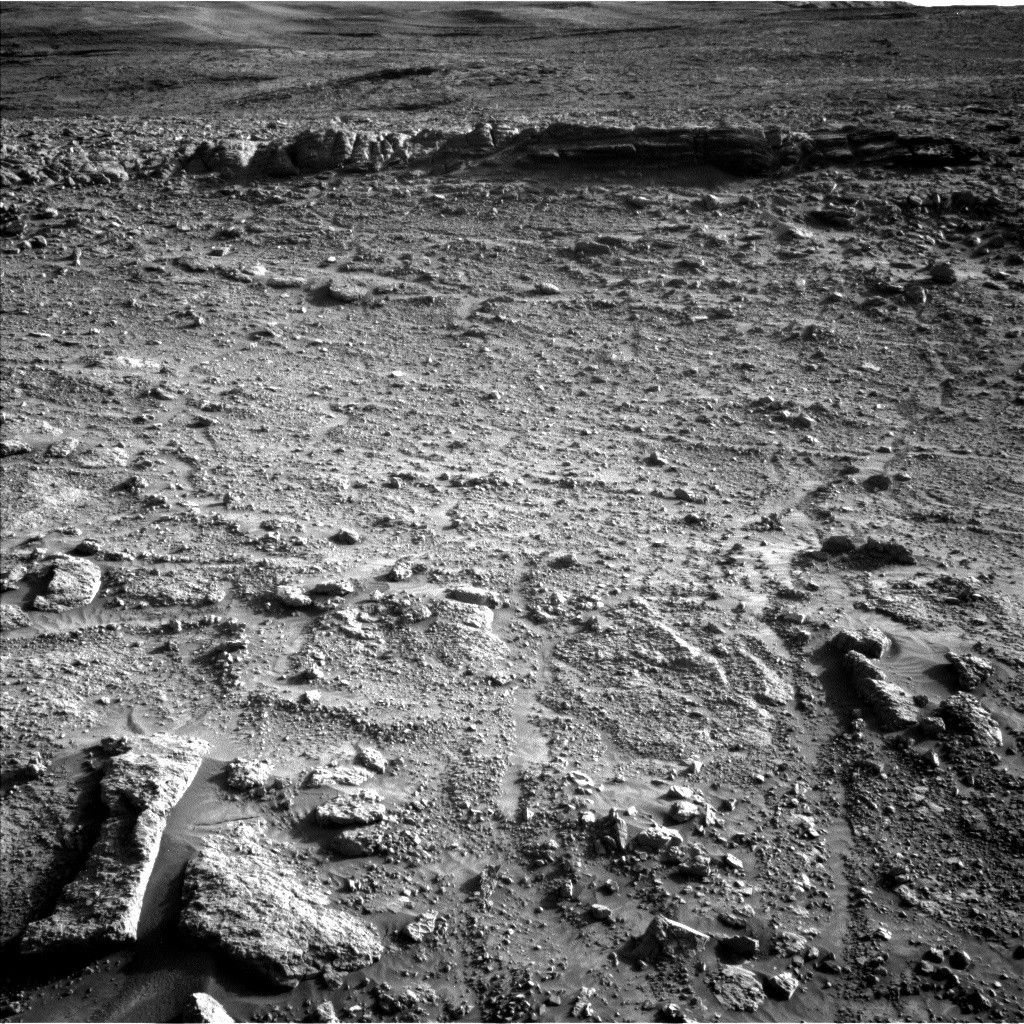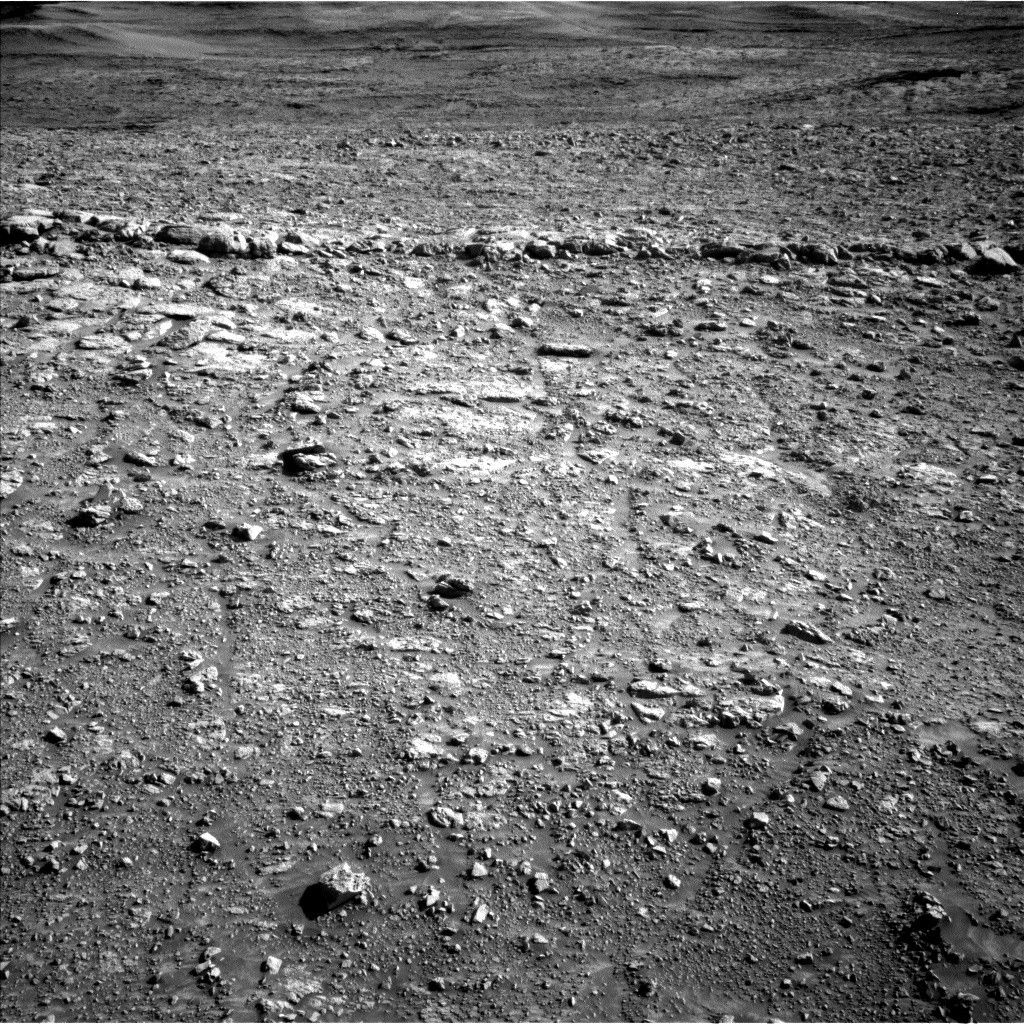Overview
Using the engineering design process, students will work in engineering design teams to create and test various wheel designs and materials on a standard test vehicle to determine which are most effective on a simulated Martian surface. To understand how the test vehicle operates, students will explore the inner-workings that make-up the rover through four lead-up investigations.
Supporting Science Investigations:
- Racing Against Friction – Test materials for the effects of friction.
- Stacked for Power – Build a battery and measure its output.
- Charged Attraction – Build an electromagnet and measure its attractive capabilities.
- Fine Motor Skills – Build an electromagnetic motor and measure its efficacy in terms of rotations per minute (RPMs)
Introduction Video
EDC-01: Gaining Traction on Mars Facilitation Guide (PDF)
EDC-01: Gaining Traction on Mars Facilitator Presentation (PDF)
Next Generation Science Standards Addressed
Engineering Design
- MS–ETS1-1. Define the criteria and constraints of a design problem with sufficient precision to ensure a successful solution, taking into account relevant scientific principles and potential impacts on people and the natural environment that may limit possible solutions.
- MS–ETS1–2. Evaluate competing design solutions using a systematic process to determine how well they meet the criteria and constraints of the problem.
- MS–ETS1–3. Analyze data from tests to determine similarities and differences among several design solutions to identify the best characteristics of each that can be combined into a new solution to better meet the criteria for success.
- MS–ETS1–4. Develop a model to generate data for iterative testing and modification of a proposed object, tool, or process such that an optimal design can be achieved. The performance expectations above were developed using the following elements.
Waves and Electromagnetic Radiation
- MS–PS2–2. Plan an investigation to provide evidence that the change in an object’s motion depends on the sum of the forces on the object and the mass of the object.
- MS–PS2–3. Ask questions about data to determine the factors that affect the strength of electric and magnetic forces.
- MS–PS2–5. Conduct an investigation and evaluate the experimental design to proivde evidence that fields exist between ojects exerting forces on each other even though the objects are not in contact.
Related NASA Content
Online Resources
- Magnetic Math Educator Guide – Lab exercises prepare students to work the mathematics problems with a better understanding of magnetism.
http://www.nasa.gov/audience/foreducators/topnav/materials/listbytype/Magnetic_Math.html - Marsbound! – Through an interactive card game, students create a mission to mars that balances science return with mission constraints.
http://www.jpl.nasa.gov/education/index.cfm?page=106 - Mars Image Analysis – Students use orbital images of Mars to analyze its environment.
http://mars.jpl.nasa.gov/files/msip/onsite/1_Learning_about_the_Red_Planet/TG_MARS_IMAGE_ANALYSIS_12_2012_1.pdf - Moon Rovers – Students design and build a rubber band-powered rover that can scramble across the room.
http://www.nasa.gov/offices/education/programs/national/summer/education_resources/engineering_grades7-9/E_moon-rovers.html - Rover Races – Working in small teams, students simulate being a rover and learn the constraints of operating a rover on Mars.
http://mars.jpl.nasa.gov/files/mep/Rover.pdf - Touchdown Challenge – Students utilize the engineering design process to design and build a shock-absorbing system that will protect two “astronauts” when they land.
http://www.nasa.gov/offices/education/programs/national/summer/education_resources/engineering_grades7-9/E_touchdown-challenge.html - Simulated Lunar Operations (SLOPE) Facility – General information about the SLOPE facility
http://rt.grc.nasa.gov/main/rlc/simulated-lunar-operations-slope-facility/ - Engine Research Building Gallery – Select NASA images highlighting research conducted at GRC’s Engine Research Building, including many from the SLOPE laboratory
http://facilities.grc.nasa.gov/erb/gallery.html - Mars Planet Facts, News & Images – Main page featuring the latest news and media from NASA about exploring Mars
http://mars.nasa.gov/ - Mars for Educators – Main education page highlighting activities, lessons plans, multimedia and content about Mars
http://mars.jpl.nasa.gov/participate/marsforeducators/ - Mars Lithograph – High-resolution lithograph including basic information about the red planet
http://www.nasa.gov/audience/foreducators/topnav/materials/listbytype/Mars_Lithograph.html - Robotics – Main education page highlighting current work and content about NASA robotics
http://www.nasa.gov/education/robotics/
Informational Videos
- Curiosity Rover Report (Feb. 14, 2014) – Highlight information about the testing being conducted to reduce the wear on the Curiosity Rover’s wheels
https://www.youtube.com/watch?v=PiBbFC4Isr0 - Lunar Roving Vehicle Wheel Assembly Testing – Historic footage of the Lunar Roving Vehicle wheels being tested on Earth
https://www.youtube.com/watch?v=byg3iKMnwj0 - Driving on the Moon – Historic footage of the Lunar Roving Vehicle driving on the Moon
https://www.youtube.com/watch?v=NRqHubCtKmE - Real World: Scarab – Introductory information about Scarab, a rover frequently used at GRC to test new tire designs for space applications
http://www.youtube.com/watch?v=z2UqCpr5Oh0 - ATHLETE – Information about the second-generation ATHLETE vehicle being tested at NASA’s Desert Research and Technology Studies (Desert RATS)
https://www.youtube.com/watch?v=YC8jBdRO_80 - NASA 360 – Analog Testing – 24-minute feature about analog field testing and how NASA perfects equipment before heading to destinations like the Moon or Mars
https://www.youtube.com/watch?v=9RyZT6Ko7A0
Contact Information
Gerald Voltz
Education Program Specialist
gerald.w.voltz@nasa.gov
(216) 433-8817
Glenn Research Center – Office of STEM Engagement
Phone: (216) 433-6656
Email: GRC-Ed-Opportunities@nasa.gov
Latest Content
Stay up-to-date with the latest content from NASA as we explore the universe and discover more about our home planet.

Written by Abigail Fraeman, Deputy Project Scientist at NASA’s Jet Propulsion Laboratory Earth planning date: Thursday, July 3, 2025 The…

Written by Lucy Thompson, APXS Collaborator and Senior Research Scientist at the University of New Brunswick, CanadaEarth planning date: Wednesday,…

A riotous expanse of gas, dust, and stars stake out the dazzling territory of a duo of star clusters in…
























